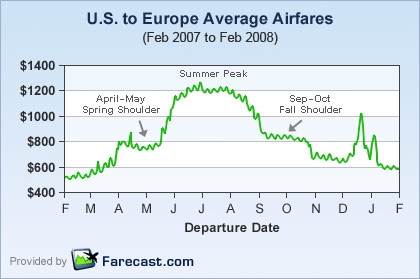
How much to travel the world? This post on our costs is way overdue…
To travel around the world was my childhood dream. The restlessness behind such a dream is one of the few personality traits that I share with my husband. We left Ireland in 1995 planning to spend “just a couple of years” living and working in the US before continuing onwards ever onwards. Fifteen years later, as I approached my 40th birthday and we considered high schools for our older son, our settled, normal life rankled.
How Much To Travel The World: Our Research
Our dream to travel for a year took shape slowly. We agreed to research costs. We postponed any decision-making until we had facts, in dollars and cents, to evaluate. The data posted by sixintheworld and 360degreeslongitude was invaluable. (The recent collation of real-life examples of RTW trip costs by jackandjilltravel.com is excellent). There is general consensus in these sources that $25,000 per person is a good baseline approximate cost for a year’s travel.
How Much To Travel The World: Itinerary Choices
To refine our budget further, we needed an itinerary. I read Tim Leffel’s excellent World’s Cheapest Destinations for ideas on where to go to make our money last longer. I pulled per-country budgeting guidelines from the Lonely Planet website and plugged the numbers into a spreadsheet. (Look under Practical Information/Costs for the country you’re interested in visiting. Here’s the entry for Thailand, for example). I used a per-country simple formula of:
(LP’s higher daily budget amount) * (number of days we planned to be in the country) * 4
and then summed that up across all the countries we planned to visit.
How Much To Travel The World: Our Budget
A copy of our initial budget lay on the table. We both stared at the rolled-up total, which came in at just under $80,000. We went back and forth on whether we should or should not go. The conversation ebbed and flowed over a number of days until we faced the decision which we’d probably really made the minute we had agreed to do the research. We had to go. Not to do so would leave a dream unfulfilled.
The decision to make this trip required that we plunder our savings and home equity. Or what was left of them since we’d already seen our savings decimated twice: once with the dot-com crash and again with the market implosion of 2008-2009. Deciding to spend what we had left before it too disappeared was perversely, an easy decision.
Taking this trip is a huge gamble. We’re betting that once we return to Seattle we will be able to get work and continue working for another 30 years to rebuild retirement savings. That we’ll likely need to work past normal retirement age is a price we’re OK with paying for an unforgettable, once-in-a-lifetime experience.
How Much To Travel The World: Our Actual Costs
* Flights have been our single biggest cost. We chose not to buy a RTW ticket, preferring instead to travel overland as much as possible and buy point-to-point tickets as necessary (i.e. to jump oceans). Total cost per person: $3,200.
* We’ve scheduled (and may add) a limited number of Big Ticket Experiences, roughly one per continent: the Inca Trail Hike and the Gibbon Experience so far. Next week the boys will be doing a one-week scuba certification course. I’ll add the total spent when the trip is over.
* Our Daily Budget is $150 to cover food, transportation and accommodation for all four of us. This is easier to keep to in some countries (Thailand, Ecuador) than others (Chile). As I add per-country pages to this website, I’ll include the actual average daily cost – see the Ecuador page for example.
Like what you’ve read and interested in reading more? Subscribe to the WanderMom feed using rss or email , follow me on Twitter or become a fan on Facebook.
Photo Credit: LiteForex





